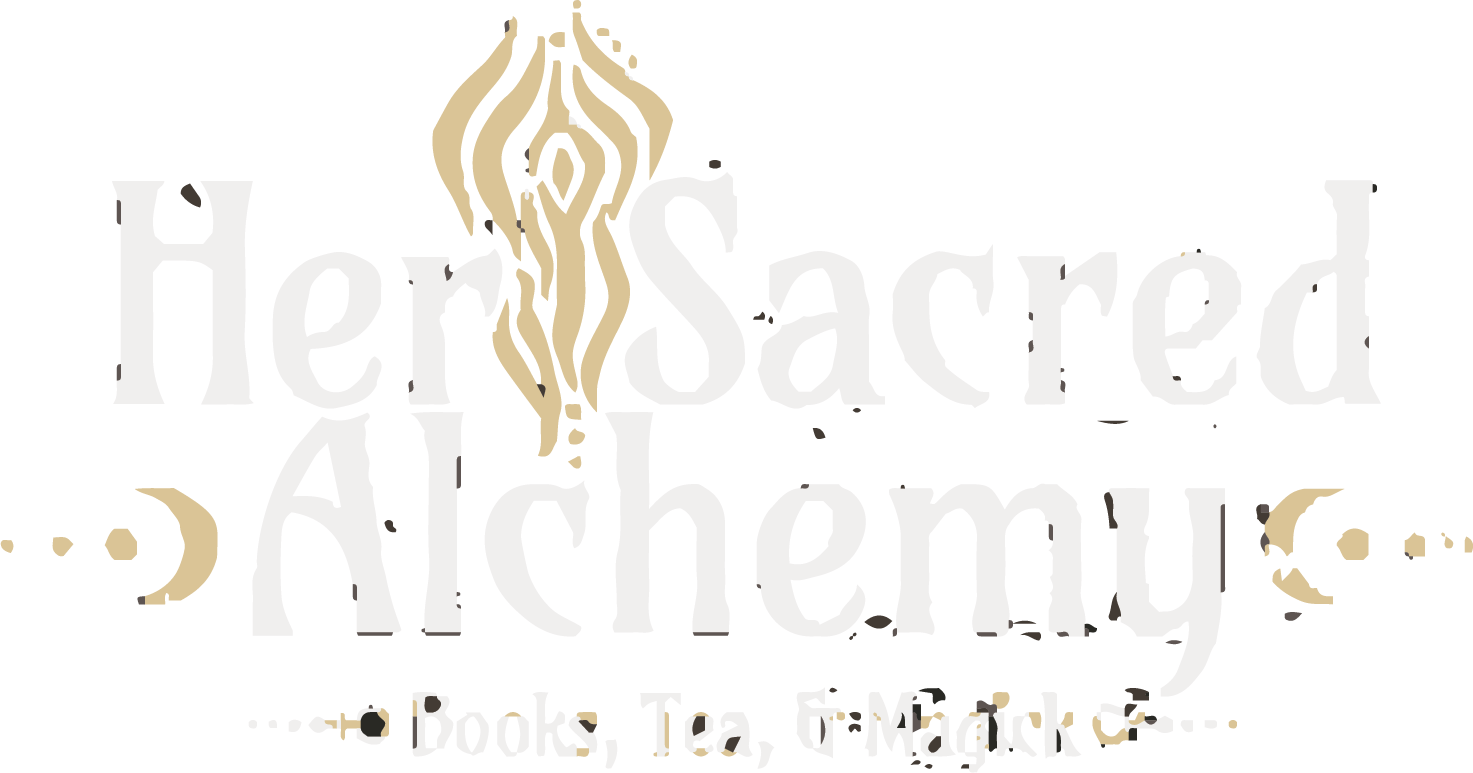Butterfly Pea Flower tea
Butterfly Pea Flower tea
Couldn't load pickup availability
Whole dried butterfly pea flowers -
It was traditionally used in Southeast Asia and also incorporated in Ayurvedic medicine as well and Ayurveda regards it as a sacred healing plant and there's a lot of mysticism surrounding it. It was considered a sacred healing plant and it was intended to symbolize the perfect attachment to the divine. It was as almost like a godlike plant the way they revered it. And it was frequently grown in temples and was used in Hindu rituals as a part of the worship of the goddess Durga and the Lord Shiva. It's got this amazing blue color to it that is so rare to find intense blues like this in nature. There's very few things with that kind of color. And this color blue was known as Krishna light and it was said that this plant was created under Krishna consciousness and even today throughout Southeast Asia, especially in Thailand, you find it grown in people's homes because they say it gives the home an aura of invincibility.
It's vibrant and incredibly blue flower. And we hear a lot these days about soil being depleted by all our modern agriculture. And there, of course, that's a huge issue. In theory, we wanna practice something along the lines of a regenerative agriculture that leaves the soil better than we found it. And blue butterfly pea flower actually works in this way pretty significantly because it is a nitrogen fixer. So it puts more nitrogen back into the soil really leaving it better than it was before the blue butterfly pea flower came along. And it's a very robust plant that grows easily in the wild.
The quality of skin health are amazing, but that's not all. Blue butterfly pea flower has actually been shown in in vitro research to inhibit glycation which is the main metabolic process that leads to aging and wrinkling of the skin. It's where when we have a glucose-based metabolism and this glucose causes the proteins to become sticky and it results in the skin cells becoming actually stiff and kind of brittle over time and so you get wrinkling and stuff like that. Blue butterfly pea flower inhibits this process which is pretty amazing and then it's also traditionally an Ayurveda was regarded as a brain tonic and it's always interesting to look at how something was used and regarded traditionally compared to what now that science is looking at these natural plant medicines more.
And it also has these phenolic compounds in there that have antioxidant properties that support liver health. It's also anti-microbial and it has properties to it that may turn out to be very beneficial for folks with diabetes and blood sugar imbalances because it reduces postprandial glucose levels. That means when you eat something that's gonna be raising your blood sugar if you're taking Clitoria ternatea, blue butterfly, it's not gonna rise as much. So it's keeping you at a more of an equilibrium when it comes to balancing your blood sugar.
https://www.addictivewellness.com/blogs/news/the-magic-of-blue-butterfly-pea-flower?cmp_id=17929638717&adg_id=&kwd=&device=m&gclid=CjwKCAjw4c-ZBhAEEiwAZ105RY71_FRIbX8ltVSZHylKlSM2fgylnBU5yne-LjOMerhDxACWtArhsxoCKeYQAvD_BwE




